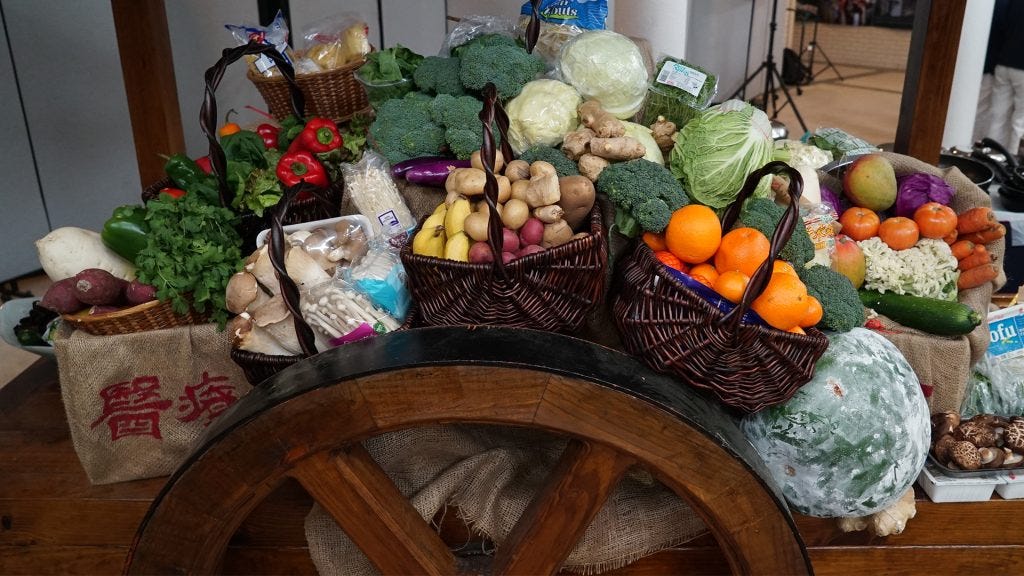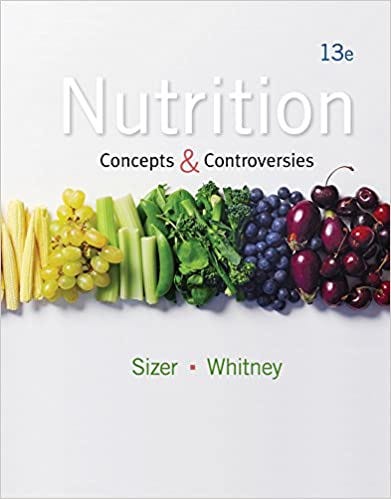EXAMINING THE FACTORS (e.g., SOCIAL, PSYCHOLOGICAL, PHILOSOPHICAL & PHYSICAL) THAT DRIVE OUR FOOD CHOICES.

I have had many different connections with food that changed at various points in my life. Growing up, I ate primarily Mexican food because, like you, my mother would monitor the types of food I ate. She was my primary caregiver and responsible for making sure that I ate. After becoming independent and while in the Marine Corps, I ate food when I could fit it into my schedule, or not at all. As a truck driver, I have eaten food to stay awake behind the wheel, curve boredom, and reward my hard work.
AS A TRUCKER TRYING TO LIVE A HEALTHIER LIFE I HAVE HAD TO COMBAT MANY PHYSICAL, PSYCHOLOGICAL, SOCIAL, AND/OR PHILOSOPHICAL FACTORS THAT ATTEMPT TO TAKE LEAD IN MY FOOD CHOICES.
Advertising: The media has persuaded you to consume these foods
I do not watch any commercials. In my family, we pay for various streaming services, which cut the commercials out. However, driving daily miles across state lines, I still fall prey to the hundreds of billboard advertisements on the nation’s roadways. Every road I have driven on across in the country markets hard to road travelers. When I feel tired and hungry, the Flying J Truck-stop billboard ads, which fill a circle with food items like half a soda or coffee and the other half of the circle a pizza or pancake, can wear my willpower down. I sometimes self-talk and rationalize that I NEED the food to do my job. Choosing to reduce the temptation by stopping at rest areas or only walk into truck stops to shower and laundry is the only way so far that I have avoided marketing pressures.
Availability: Poor-quality foods are present in the environment and easily accessible to you.
The food available in the truck stops is hot and ready to eat, which saves time! It is also cheap, which saves money. Pizza, hot dogs and hamburgers are the standard options; since these are handheld easy to eat foods, they can provide convenience by allowing me to get back on the road quickly or eat while I drive. However, I try to limit the number of times per month that I take the “easy way out” because these foods are low-quality nutrition. Again, the best way I prevent eating these foods is by staying out of the truck stops as much as possible, only stopping in for the necessities.
Emotional comfort: Bad foods can make you feel better… for a while
I often say that I am “food motovated,” and it is true! I enjoy delicious food, and one of my personal development reward systems is, rewarding myself with food! I have to be careful, though, because a reward that causes more damage to my body, in the long run, is no reward at all! I have come to crave high-quality foods truly, and I am willing to pay for high-quality food. Through self-awareness, I have learned that it is not just any food that motovates me; it’s the higher quality, divine chefs, and environmental experiences that make me happy.
AMERICAN CULTURE & FOOD
The most significant differences in culture in the United States seem to vary in “comfort food.” In the south, one can already imagine the comfort food as fried and with gravy. In the east, I have noticed a lot of pizza and sandwiches along with hearty soups. The west is full of all the variations of Mexi-foods; New Mexican, Authentic Mexican, Tex-Mex, Cali-Mex, and more. Major brands spend significant amounts of money and time marketing “comfort food” to children, Happy Meals with toys, or sugary cereals with graphic characters. If we think of personal growth as overcoming challenges and, therefore, moving towards being uncomfortable, then maybe we need to shift our mentality towards wanting to eat “un-comfort foods” for the sake of health and vitality in life instead of reaching for those foods with childlike impulses that we know are harming us.

Increased portion sizes since the 1970s (50 years), as shown in the figure from the text Nutrition: Concepts and Controversies by Sizer and Whitney (2016), exceeded a quadrupling in some foods! Americans are very privileged and fortunate people. Sixty percent of the world lives on $2 or less a day, drastically less than most US citizens categorized in poverty. The abundance Americans have allows for pleasure spending, such as eating out at restaurants. With the abundance of convenient foods, people satisfy the addictions they have built a dependency on, seeking pleasures through food and spending money. Marketing and advertising have honed our human weaknesses and sell the consumer on pleasure, desire, and convenience. The combination of prosperity in our country, advertising, and limited personal willpower contributes to the decline in American health.
Americans are also fortunate to have more occupations that require critical thinking and mental effort to conduct the job requirements. This means there is an increase in time spent sedentary at stationary desk jobs and, combined with large amounts of nutrient-poor diets, promotes all-cause mortality. Inactivity can shorten muscle tendons, decrease flexibility, and cause poor posture. More severe consequences of overeating and living a sedentary lifestyle include cardiovascular disease, obesity, and type 2 diabetes. What is worse is that even those who participate in the recommended 30–60 minutes of daily exercise may not be doing enough to compensate for their long periods of sitting (Powers and Dodd, 2017). With this information, it is more important than ever to include measures to offset inactivity wherever possible.
THREE SIMPLE & LOW-COST TOOLS/TECHNIQUES TO HELP WITH PORTION CONTROL
Portion control and ensuring the foods we eat fulfill our body’s nutrient needs can seem daunting, but here are a few easy techniques to control food portions.
1.) Purchasing plates or bowls that are smaller is an easy way to help limit the amount of food you serve yourself and is helpful when eating out at restaurants.
2.) Equating the quantity of food by thinking of measurements as everyday objects is another way to control the amount of food you serve yourself. Examples of this are 3 ounces of meat = a deck of cards, one piece of fruit = the size of a tennis ball, 1½ ounces cheese = the size of a 9-volt battery, 1 cup of cooked pasta = the size of a baseball (Sizer & Whitney, 2016).
3.) Use a scale. One low-cost tool I use is a kitchen scale. It is small and can easily convert from measuring solids and liquids. I enjoy this most since I can get an accurate measurement of any food.
POVERTY & FOOD INSECURITY CAN LEAD TO OBESITY
Food insecurity is when a family has one or more of their members go to bed hungry or loses weight from not eating regularly. I have only ever been temporarily food-deprived while deployed. I have been very blessed to have never worried about going without or not having semi-healthy food every other minute of my life. As a trucker, the trucking industry has provided me with financial security and allows me to purchase at minimum the overpriced options at truck stops.
Most impoverished communities have cheaper options of food that consist of lower-quality nutrients. Regularly purchasing cheap, poor-quality food causes families to become malnourished. They end up missing essential nutrients, minerals, and vitamins (Sizer & Whitney, 2016). There are communities within America that have limited options for local healthy food choices. To prevent hunger and malnutrition globally, we should start locally. All our communities should strive for improving nutrition, knowledge, financial growth and provide options for physical activity.
There are more benefits from a project that includes physical movement because it helps with lowering depression and improving health. Many health risks seem to exist more predominantly in disadvantaged neighborhoods because of the effects of environmental stress, inadequate nutritional resources, lack of places to exercise, decreased opportunities to be exposed to nature, and exposure to environmental pollutants (Bhatnagar, 2017). I have seen a solution to inadequate nutritional resources in my city. The farmer’s markets now accept welfare (SNAP) payments, and they charge these customers a discounted rate for the food. Once this initiative began, I noticed more families around the farmer’s markets learning about food.
Stay MOTOvated!! Live MOTOvated!!
References:
Bhatnagar, A. (2017). Environmental Determinants of Cardiovascular Disease. Circulation Research, 121(2), 162–180. https://doi.org/10.1161/circresaha.117.306458
Powers, S. K., & Dodd, S. L. (2016). Total Fitness & Wellness, The Mastering Health Edition (7th Edition) (7th ed.). Pearson. https://platform.virdocs.com/r/s/0/doc/573887/sp/177719502/mi/568203957
Sizer, F., & Whitney, E. (2016). Nutrition: Concepts and Controversies — Standalone book (14th ed.). Cengage Learning. https://content.ashford.edu/books/Sizer.2199.17.1



